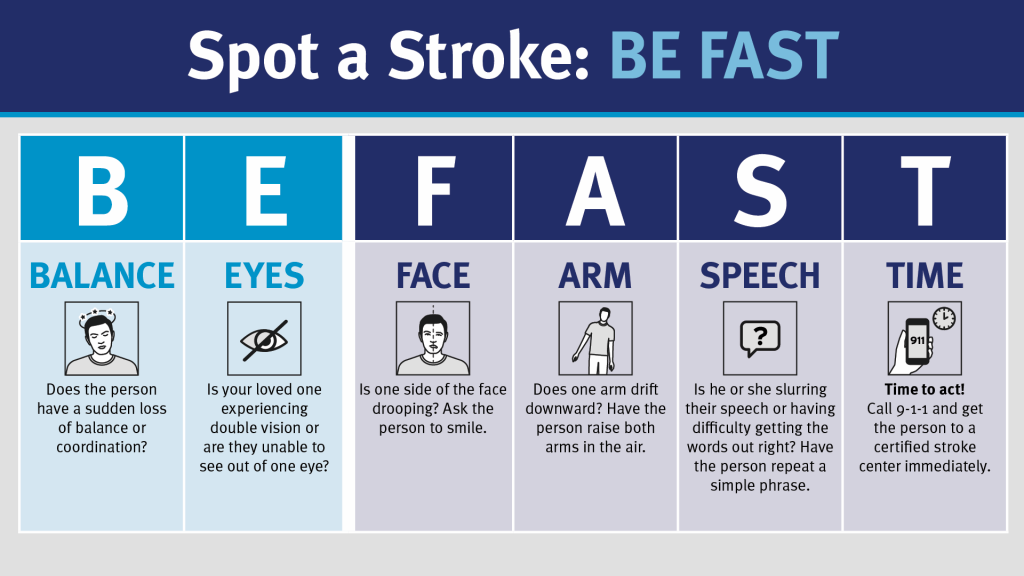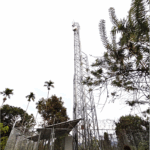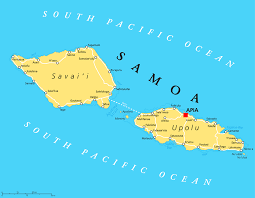By Dr Li Dianmao, China Medical Team in Solomon Islands
STROKE has emerged as a critical health concern on a global scale. Two primary causes underlie strokes: ischemic strokes result from blocked arteries in the brain, while hemorrhagic strokes stem from the rupture or leakage of blood vessels within the brain. Recognizing symptoms before the onset of a stroke is vital for prompt treatment. Moreover, prevention measures hold far greater significance than treatment. Let’s delve into identifying symptoms and mastering preventive strategies.
Symptoms of Stroke:
- Headache: A sudden or severe headache accompanied by loss of consciousness, language, or motor function could signal a hemorrhagic stroke. Immediate medical attention is imperative in such cases.
- Difficulty Moving or Walking: Typically affecting one side of the body, individuals experiencing a stroke may encounter sudden numbness, weakness, or mobility issues.
- BE FAST: This mnemonic serves as a practical tool for diagnosing a stroke. BE FAST stands for Balance, Eyes, Face, Arms, Speech, and Time. Symptoms such as balance disorders, blurred vision, drooping face, arm weakness, or speech difficulties warrant urgent medical intervention.
Think and be “FAST” to do the following:

Prevention Tips for Stroke:
Implementing preventive measures significantly reduces the risk of stroke. Many strategies overlap with those for preventing heart disease:
- Healthy Diet: Reducing cholesterol and fat intake, particularly saturated and trans fats, helps minimize artery blockage. Emphasize a diet abundant in fruits and vegetables, aiming for at least five servings daily to mitigate stroke risk.
- Blood Pressure Control: Managing hypertension is paramount in stroke prevention. Lifestyle adjustments and medication are effective strategies for maintaining healthy blood pressure levels.
- Tobacco Cessation and Alcohol Moderation: Quitting smoking diminishes stroke risk, while limiting alcohol intake, preferably to one drink per day, reduces the likelihood of ischemic and hemorrhagic strokes.
- Regular Exercise: Engaging in aerobic activities for at least 30 minutes most days of the week enhances cardiovascular health, lowers blood pressure, and aids weight management, thereby reducing stroke risk.
- Diabetes Management: Proper diet, exercise, and weight control are pivotal in managing diabetes. Medication may be necessary if lifestyle modifications alone prove insufficient.
- Routine Check-ups: Regular monitoring of blood pressure, blood sugar, and lipid levels facilitates early detection of potential risk factors.
In summary, preventing and treating strokes entails adopting a healthy lifestyle, regular monitoring, and, when necessary, medication. Timely recognition of symptoms and proactive preventive measures are critical in reducing the incidence and severity of strokes.
(Translated by HUANG BAILIN, International Office, Guizhou Medical University)














